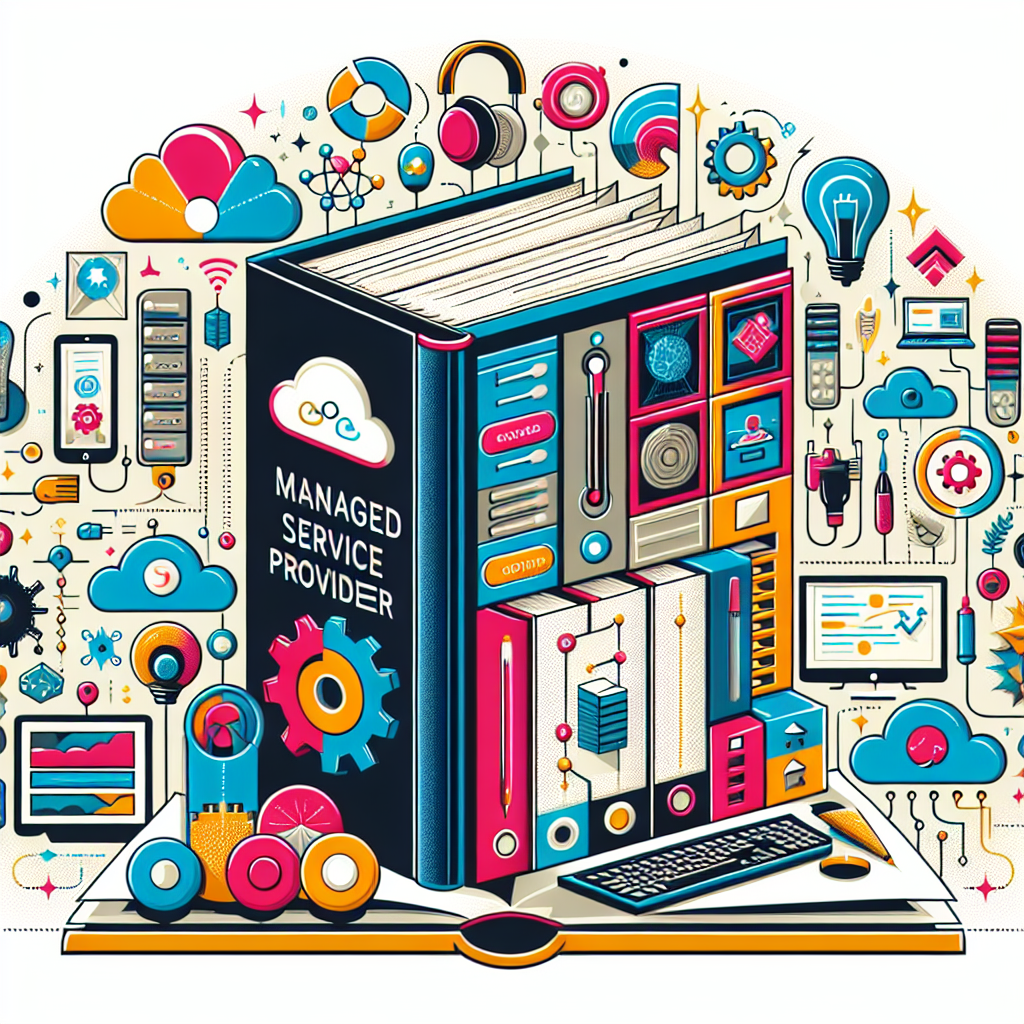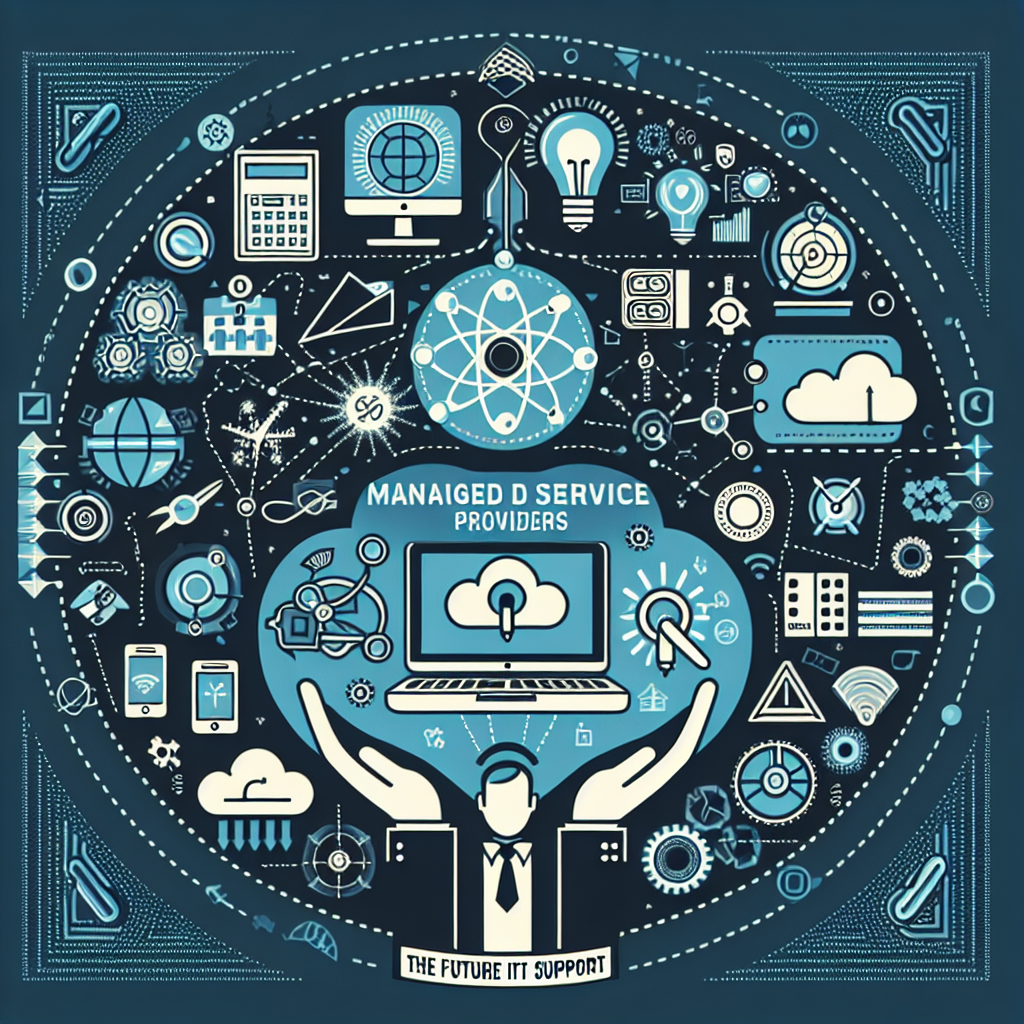In today’s fast-paced business world, implementing IT solutions has become essential for staying competitive and efficient. However, with the increasing number of options available, it can be difficult to determine which solutions will provide the best return on investment (ROI) for your business.
To evaluate the ROI of implementing IT solutions in your business, it is important to consider several key factors. First, you should assess the specific needs of your business and identify the areas where IT solutions can help improve efficiency, productivity, and profitability. For example, if you have a high volume of customer inquiries, a customer relationship management (CRM) system may be a valuable investment to streamline communication and improve customer satisfaction.
Next, you should consider the initial cost of implementing the IT solution, including any hardware, software, and training expenses. It is important to compare these costs with the potential benefits that the solution can provide, such as increased sales, cost savings, or improved customer retention. Additionally, you should consider the ongoing maintenance and support costs associated with the IT solution to ensure that it remains a cost-effective investment over time.
Another important factor to consider when evaluating the ROI of IT solutions is the potential impact on your business processes and workflows. Will the IT solution streamline operations, reduce manual tasks, or improve communication between teams? These improvements can lead to increased productivity and efficiency, ultimately resulting in cost savings and higher profit margins.
It is also important to consider the potential risks and challenges associated with implementing IT solutions in your business. Will the solution require significant changes to your existing systems or processes? Will there be any disruptions to your business operations during the implementation process? By carefully assessing these risks and challenges, you can better prepare for any potential obstacles and ensure a smooth transition to the new IT solution.
Finally, it is important to track and measure the results of implementing the IT solution to determine its impact on your business’s performance. This may involve monitoring key performance indicators (KPIs), such as sales metrics, customer satisfaction scores, or employee productivity levels. By regularly evaluating these metrics, you can determine whether the IT solution is delivering the expected ROI and make any necessary adjustments to optimize its performance.
In conclusion, evaluating the ROI of implementing IT solutions in your business requires careful consideration of the specific needs of your business, the initial and ongoing costs of the solution, its impact on business processes, and the potential risks and challenges. By taking a strategic approach to evaluating IT solutions, you can make informed decisions that will drive success and profitability for your business.









